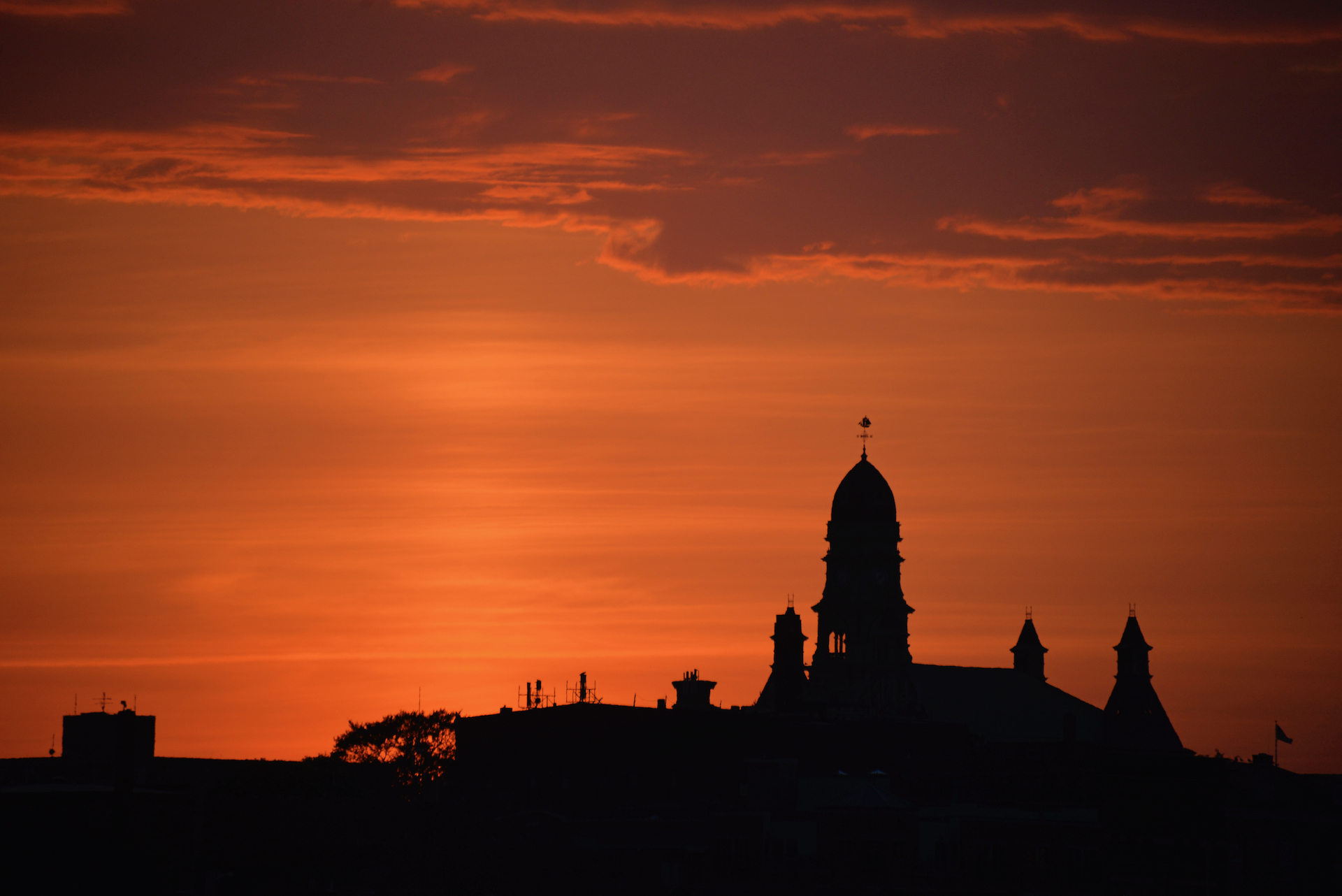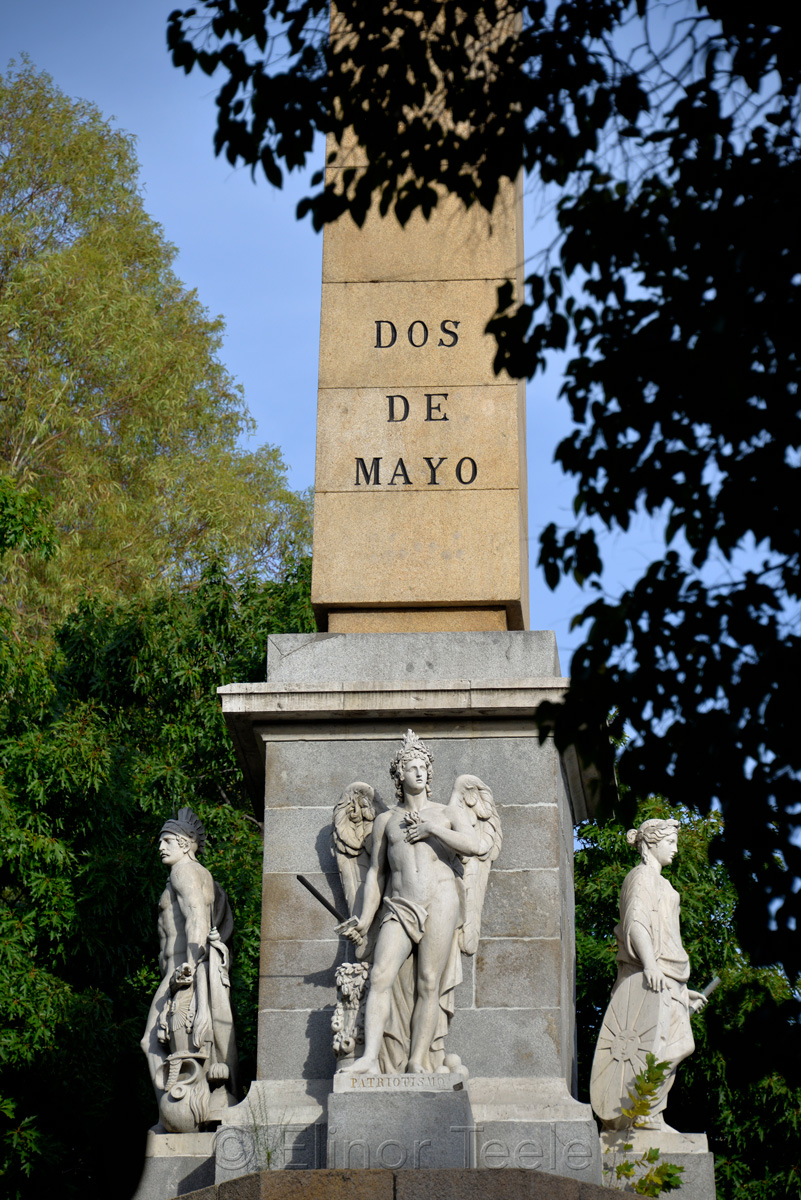Along the Paseo del Prado, between the Palacio de Cibeles and the Prado, lies this monument to the fallen of Spain.
Dos de Mayo refers to a famous uprising in 1808—on May 2nd, the citizens of Madrid revolted against the occupation of the city by French troops. They were slaughtered.
The fuse for this tragedy had been lit by King Charles IV and his Valido (Prime Minister), Manuel de Godoy. To achieve the 1807 invasion of Portugal, Napoleon Bonaparte needed permission to move his troops across Spain. He received it in a secret agreement called the Treaty of Fontainebleau.
In return for such generosity, Spain would be granted various territories, including some of Portugal’s islands and overseas colonies. Godoy himself would receive the lower part of Portugal and become Prince of the Algarves.
But Godoy was a fool. During the march to the coast, Napoleon conveniently installed many of his soldiers in key cities such as Barcelona, Pamplona, and Madrid. A wholesale takeover of the country was in process.
In their fury, the nobles and citizens of Spain forced Charles IV to abdicate in favor of his son, Ferdinand VII (the Mutiny of Aranjuez). By late spring, both the old king and the new king were in France at the invitation of Napoleon, but effectively under house arrest.
Meanwhile, in Madrid, the mood was lethal. The city had been under occupation since March 23 under the command of the French general, Joachim Murat, and Spanish royals were rapidly vanishing. Murat was even attempting to move the daughter and youngest son of Charles IV to Bayonne.
Without a great deal of planning or forethought, the Madrileños gathered at the Palacio Real (“Royal Palace”) on May 2 to prevent the Infante from leaving. When French troops opened fire on the crowd, a rebellion spread to other parts of the city, including the Puerta del Sol.
The efforts of the citizens and mutinying Spanish troops, including Luis Daoíz de Torres and Pedro Velarde y Santillán, were valiant, but futile. The French cracked down on anyone with arms and shot them on sight.
Craftsmen with implements such as scissors, kitchen knives, and sewing needles were also suspect, and also shot. One such girl was Manuela Malasaña Oñoro, the namesake of the Malasaña neighborhood.
On May 3, scores of remaining prisoners were taken to the place where this monument stands, in the Plaza de la Lealtad, and executed by firing squad. The result was further rebellion, a new Spanish king (Napoleon’s brother, Joseph), and the beginnings of the Peninsular War.
Museum Bonus
The Museo del Prado contains two major paintings commemorating this event. Francisco Goya’s companion pieces:

